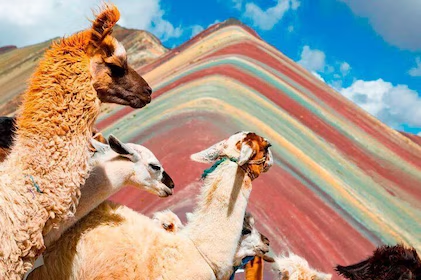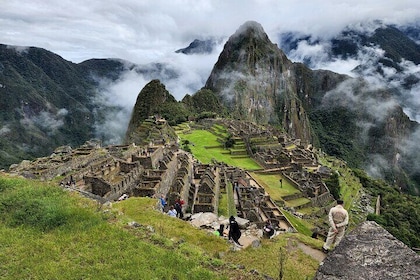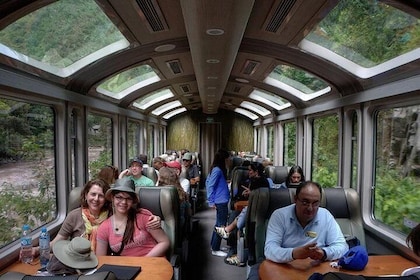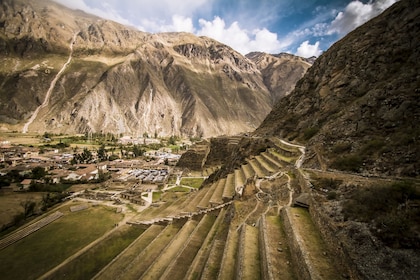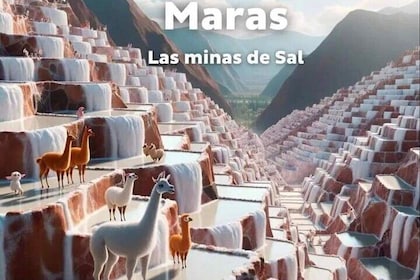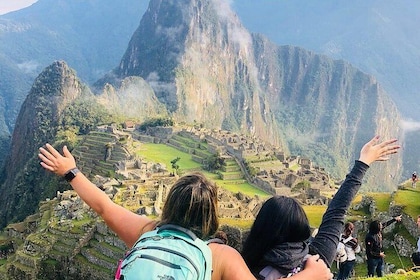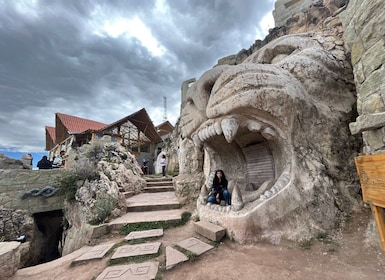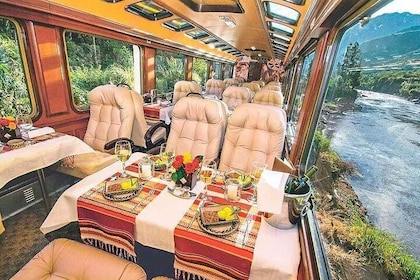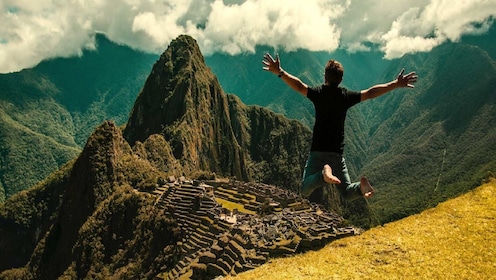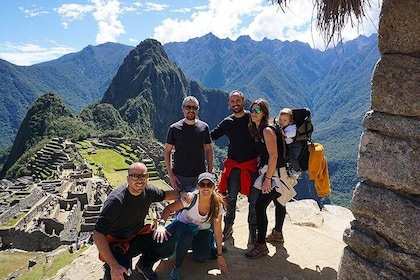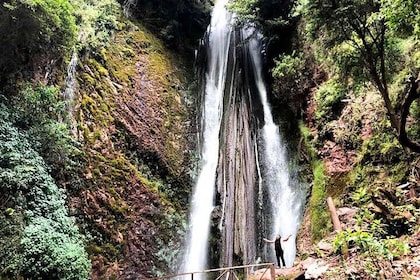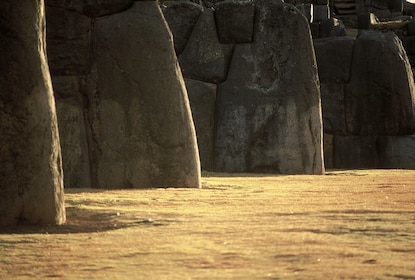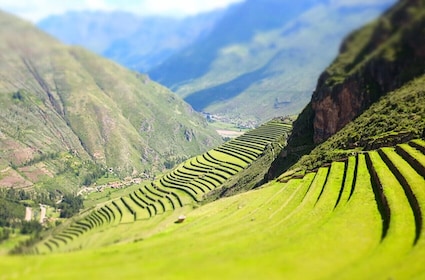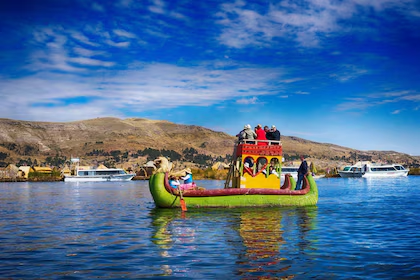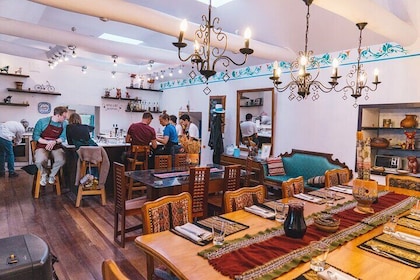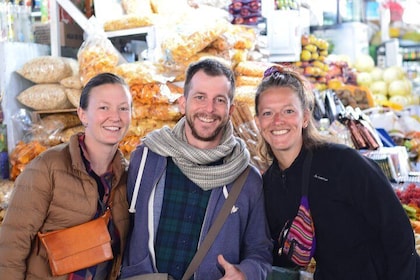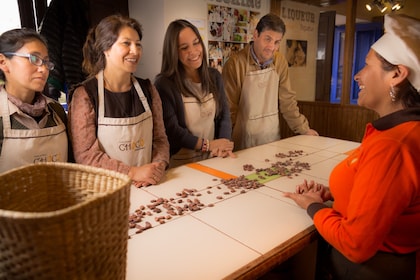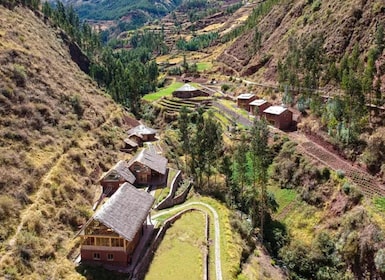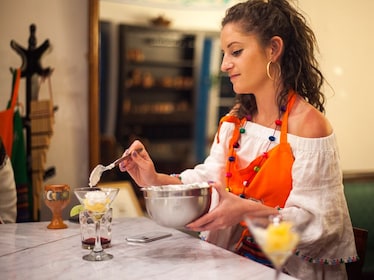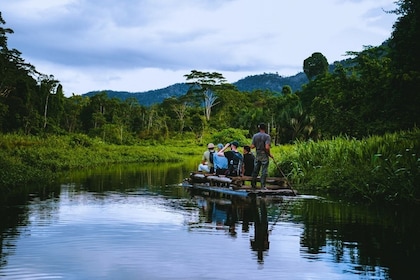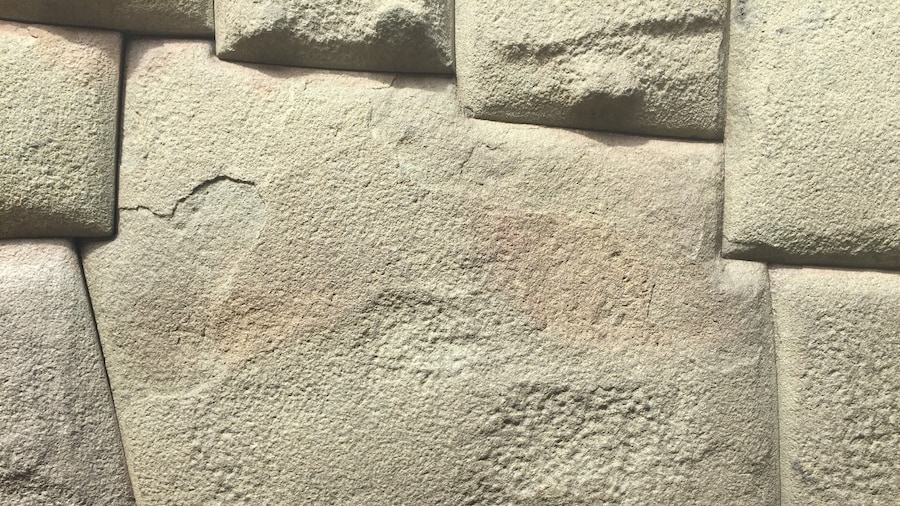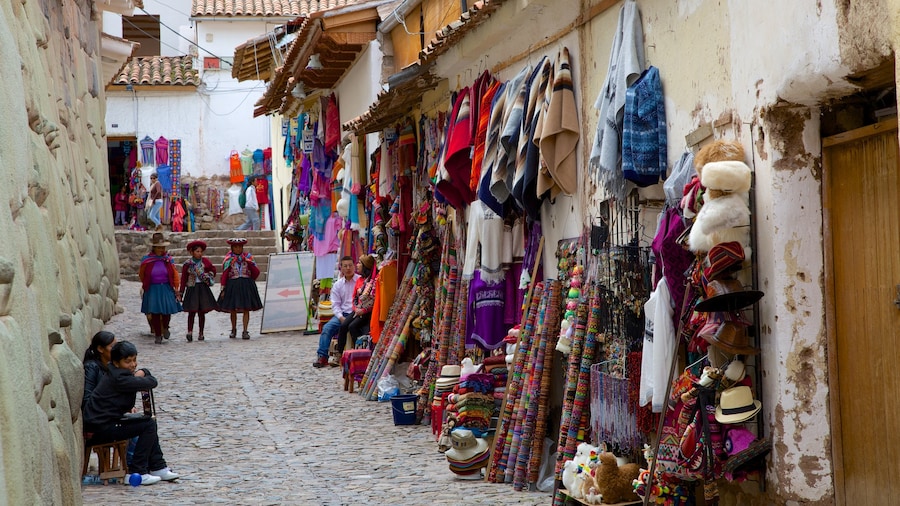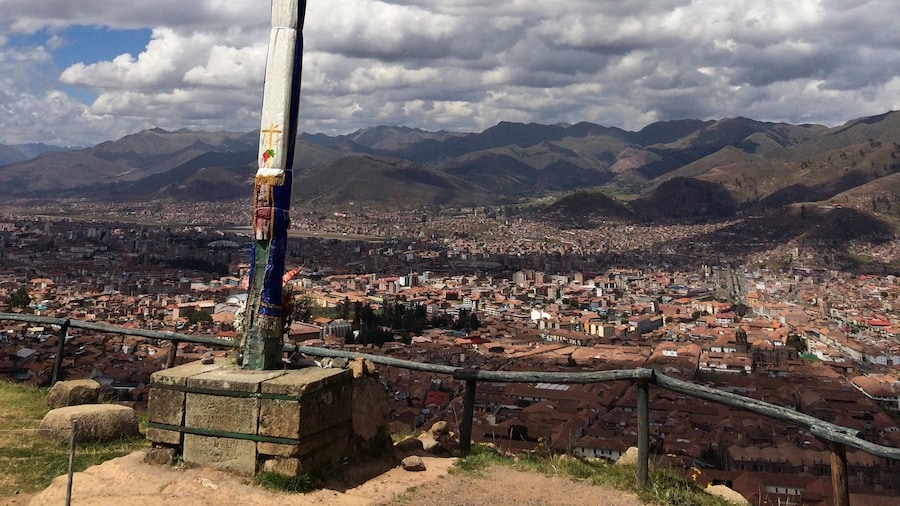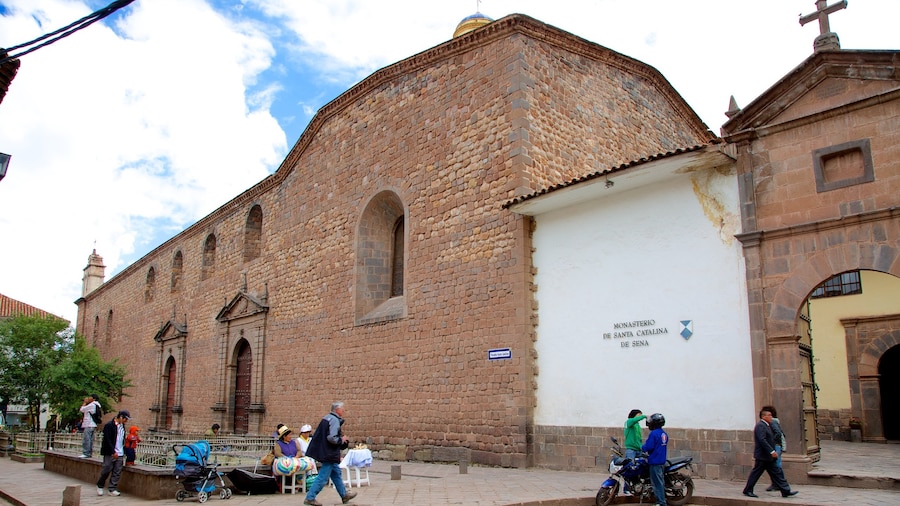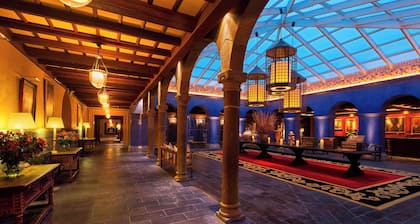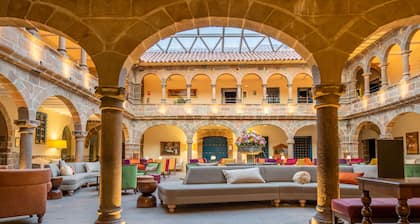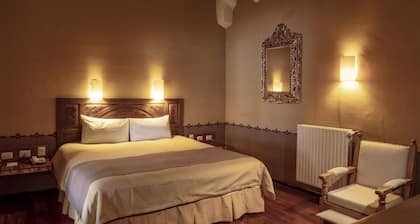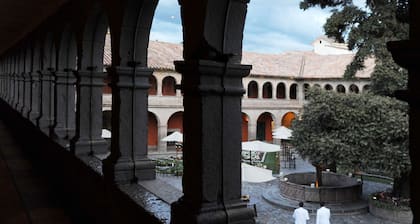The Museum of Religious Art is dedicated to 17th- and 18th-century religious art, including works by a number of important Peruvian and Andean artists. While the museum’s art collection is compelling, the main draw for many visitors is its setting in a beautiful historic palace.
The museum is built on the ruins of the palace of the Inca Roca. When the Spanish colonized the region, the site became the home of the Marquis of San Juan de Buenavista and later the Archbishop of Cusco. It was eventually transformed into a museum in the 1960s.
Admire the details of this lovely colonial home. Look for Moorish-style doors, stained-glass windows, handsome colonial furniture and ceilings carved from cedar. The overall appearance is reminiscent of a mansion you might find in Spain’s Andalusia region. Check out the lovely balconies and the small chapel while you’re here.
Walk in the cloistered patio area, where you’ll find a tranquil fountain and walls decorated with blue and white tiles. This surprisingly quiet area can be a nice place to take a break during a day of sightseeing.
Don’t miss the unusual Room of the Archbishops, which houses life-sized statues of the archbishops of Cusco. The room also has a series of Zodiac paintings by 17th-century artist Diego Quispe Tito, who is regarded as one of the masters of the Cusco School painters.
Explore each of the museum’s 12 rooms. Although most of the art is not labeled, you can still appreciate the historic details conveyed in the paintings and the interesting insight they provide into the relationship between the Spanish and the Incas. Look for pieces by Juan Zapata and other renowned Peruvian artists many works are adorned with ornate gilt frames.
The Museum of Religious Art is located a block from Cusco’s main square, beside the famous Hatunrumiyoc street. The museum is open Monday to Saturday and the admission fee is included in the Cusco Tourist Ticket.

